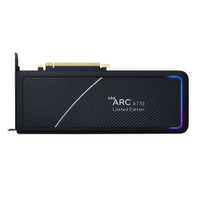Why is a mid-range underdog part of my dream desktop PC build for 2023?
High-end parts are exciting, but I'm craving something more discreet for my next custom build.
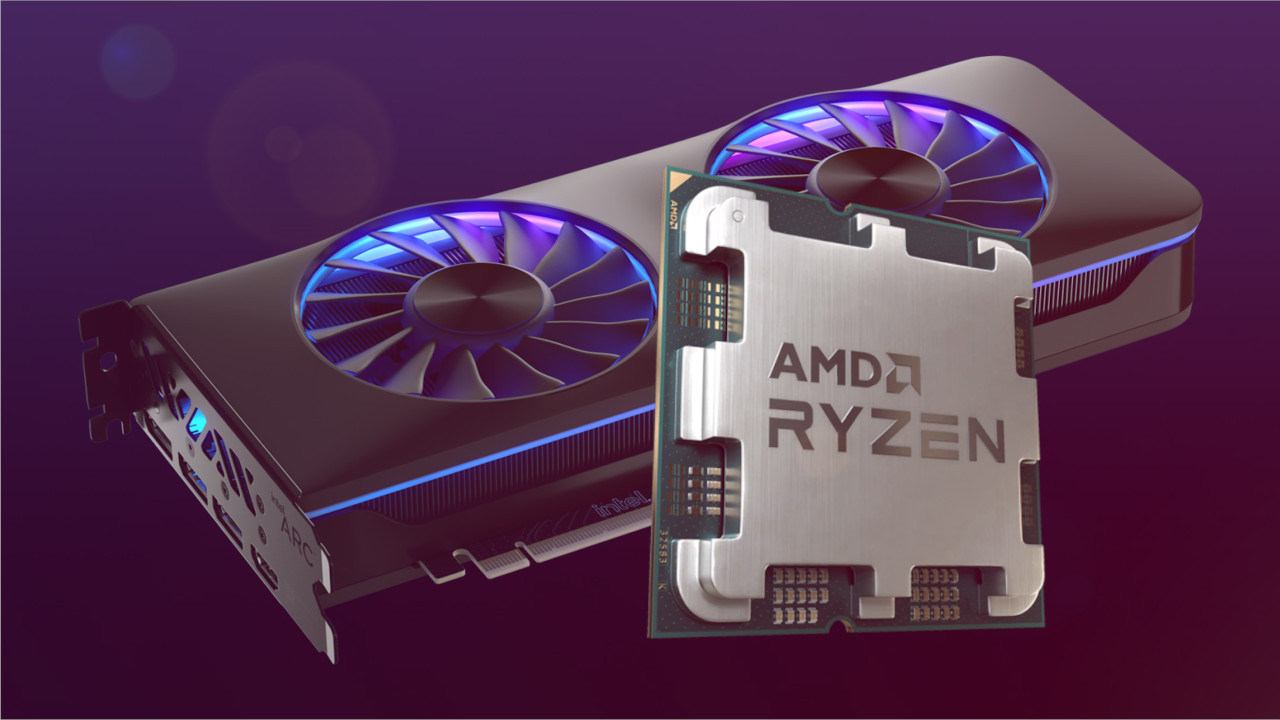
Working with so much high-end technology has me realizing my personal preferences are much more grounded than when I was a starry-eyed youngster. I used to stare in awe at multiple graphics cards joined in SLI alongside custom water-cooling blocks and endless LED strips lining PC cases. Scrolling custom PC vendors, I'd fill digital baskets with the most expensive components out of curiosity for the astronomical price.
Functioning in this environment means stretching my budget is more realistic, and I considered splashing out on high-end components to realize the dream. Unfortunately, my tastes have returned to earth after spending weeks agonizing over parts, blown away by the sheer spike in cost for graphics cards, among other popular choices for a custom rig.
Popular ≠ good
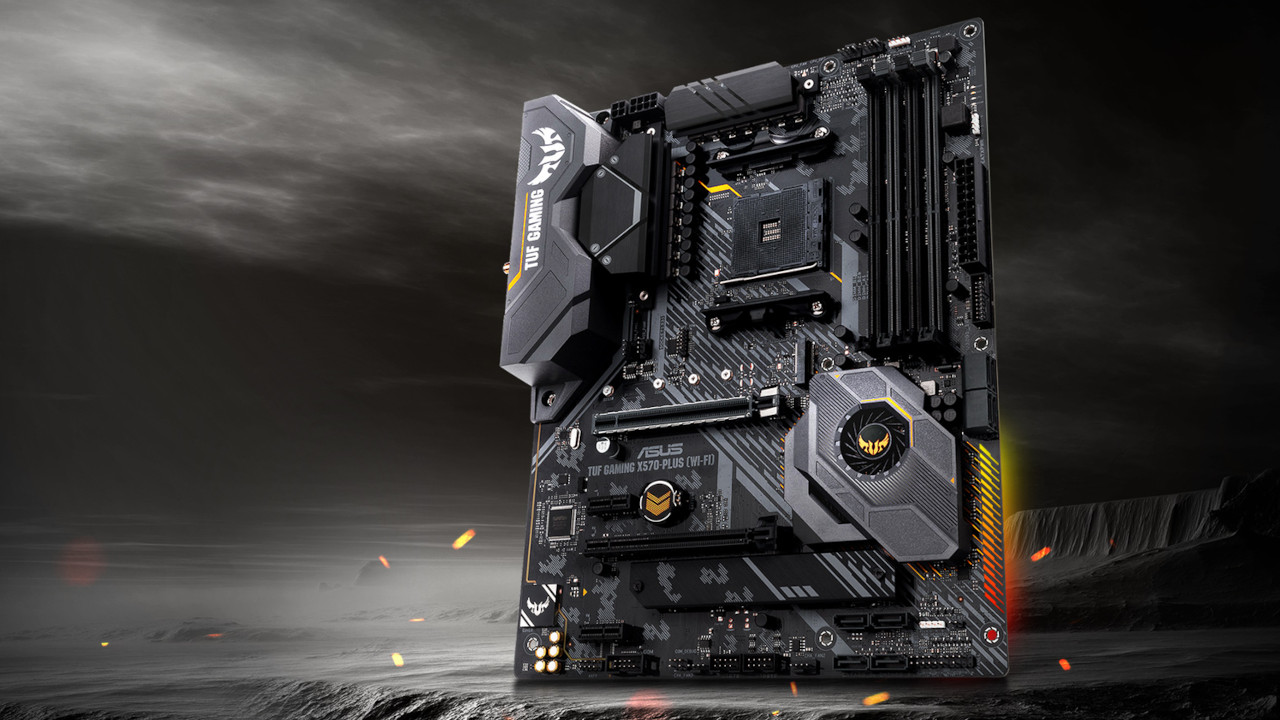
Watching trends of budget PC searches competing for the top spot over the years resonates with a lifetime of skimping for whatever I could afford. I've spent most of my life aggressively searching for the best value for money in any hobby, especially regarding computers.
After building a few machines, I learned that sorting products by the top sellers can help narrow the tricky searches, presuming other people have already figured out which offers the most bang for your buck.
More realistically, these statistics become skewed by trends and can tip the numbers so strongly before anything else can compete, even after a significant amount of time. Cryptocurrency affected the state of GPU prices in such a historical way that we're still feeling the effects of price inflation across the entire category.
My hopes of picking up a bleeding-edge NVIDIA RTX card seem less realistic by the day, and even AMD's Radeon cards don't exhibit the trend of affordable power I used to admire. Second-hand parts and end-of-life clearance sales are becoming more attractive to an increasing crowd of hobbyists than day-one launch sales, and I don't blame them.
Still, I want to build a brand-new machine that can last at least five years as my primary PC. Used components are decent for making the transition one piece at a time, but I've noticed some admirable moves from manufacturers you would expect and surprises from those you wouldn't.
Get the Windows Central Newsletter
All the latest news, reviews, and guides for Windows and Xbox diehards.
Low power, high performance
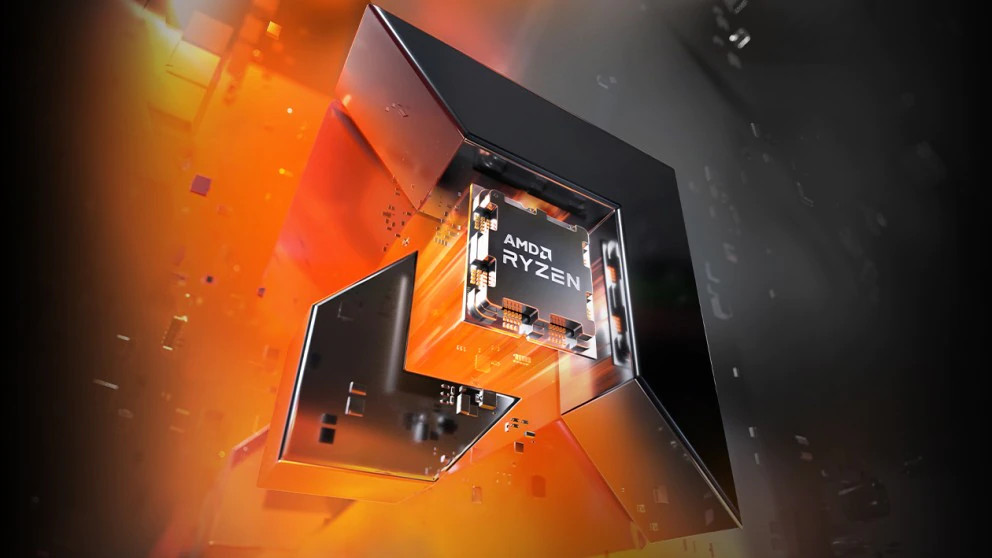
For months I had already decided to pick up a 13th Gen Intel Core CPU for my new build, leaning towards the superb i5-13600K since it's the standout mid-range offering. Sticking with Intel meant moving older DDR4 RAM to a new board would be perfectly fine until I upgraded to DDR5. I'd only have to consider an appropriate power supply for the 125W base clock until AMD made a brow-raising announcement.
The -X series Ryzen CPUs have recently taken a battering from Intel, but the latest 7000-series chips dropped the power draw considerably without sacrificing raw power. Compared to the Ryzen 7 7700X running at 105W TDP, the non-X Ryzen 7 7700 alternative draws a measly 65W TDP without taking too much of a knock to its clock speeds.
Intel has a non-K variant of my first CPU choice, but although the i5-13600 matches the 65W of AMD's temptation, it cuts its L2 cache almost in half and strips out overclocking support to warrant a cheaper drop. While I'm going around in circles trying to choose a processor, it's great to see healthy competition at the mid-range is still happening. Some real-world benchmarks will ultimately aid the decision, but I'm keeping my fingers crossed for Intel.
Long live the underdog
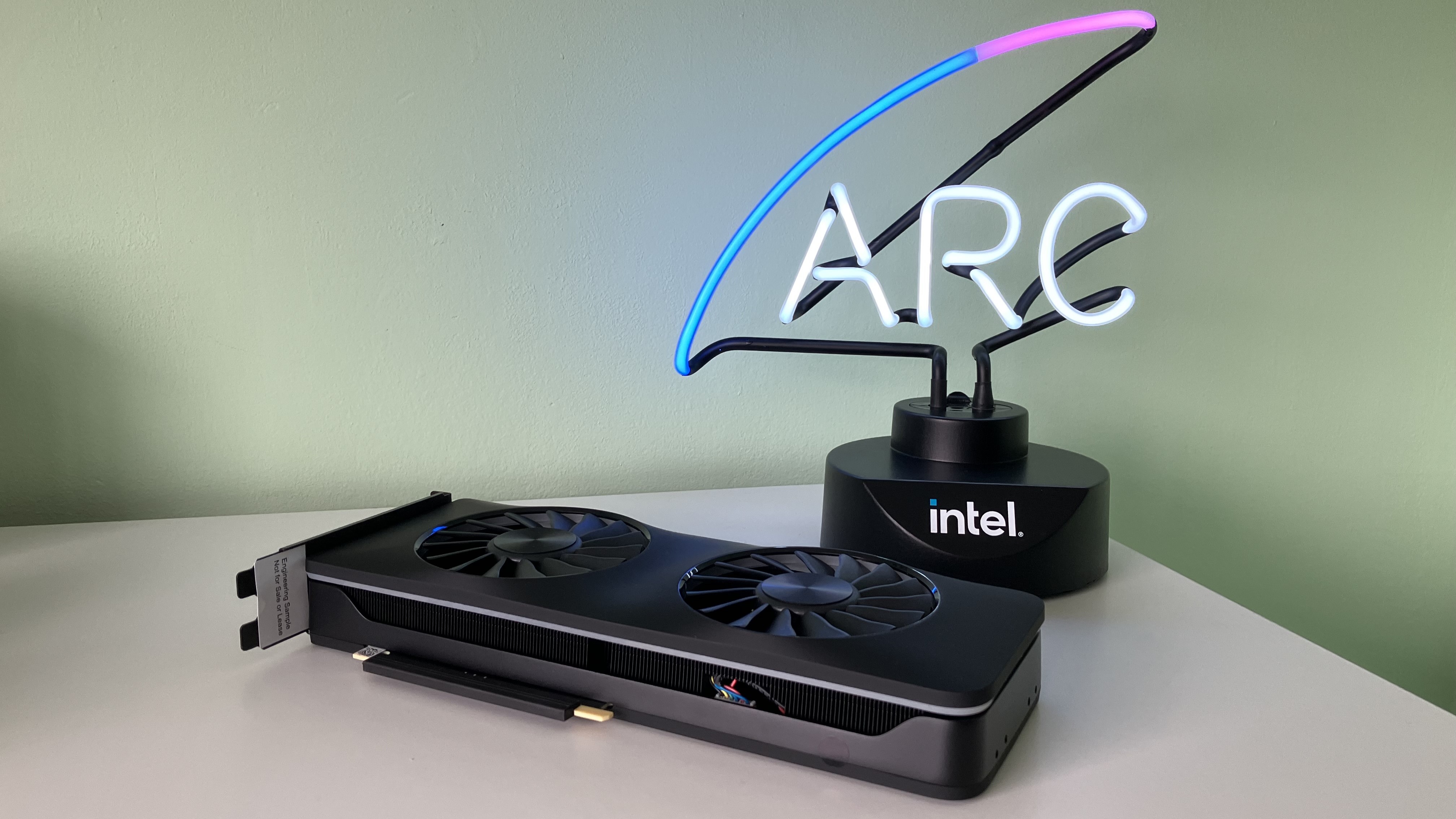
Unless the upcoming RTX -Ti revisions can pull something magical out of the bag, my sights are now firmly on the Intel ARC GPUs. As unbelievably powerful as the 40-series RTX GPUs may be, NVIDIA has made some significant missteps that cause me to look elsewhere for better value.
Graphics cards like the pseudo-RTX 4080 12GB stepped behind the curtain to reappear as the barely-reduced 4070 Ti, exposing what appeared to be needless price inflation for the first iteration. This ordeal was aggravated by NVIDIA's lack of a first-party offering for the RTX 4070 Ti, leaving third-party vendors to charge above MSRP at launch.
Like our managing editor Rich Devine, we're both backing Intel as a new source of competition to the current GPU stalemate between AMD and NVIDIA. The first days may have been iffy for the newcomers, but driver updates are improving performance, and the future looks bright for team blue. I'm not implying that Arc cards are the cheapest option, but I'm on board with dropping the necessary cash on an A750 or A770 card if Intel keeps its promise of realistic pricing versus power.
Foolproof or futureproof?
Ultimately, my goal is to build a long-lasting desktop with reliable parts. Components in other categories enjoy a more forgiving price curve, with PC cases and CPU coolers coming in all shapes and sizes without breaking the bank. Even luxuries like RGB can be standard for barely a few extra dollars, built into cheap cases and the included fans.
It's a shame to pass on some RTX-specific functions, especially ray tracing and DLSS, but I'll barely miss out if Intel can back up its Xe Super Sampling talk. The last NVIDIA-specific crutch for me to replace was NVENC support for OBS, critical to a smooth live stream without H.264 encoding choking my CPU. An AV1 replacement has appeared, albeit a little inefficient in its current state, but the timing feels right to try a third-party underdog.
It could even be time for a new player in the CPU game, but getting motherboard manufacturers on their side would be a significant mountain to climb. For now, I'm excited to see what Intel can do with a new generation of graphics cards produced by first and third parties, and I'm crossing my fingers that it's not a mistake to hop on their hype train.
Intel Arc A770
Enjoy supercharged gaming with AI-enhanced XeSS upscaling to maintain high framerates and resolutions alongside the latest DirectX 12 Ultimate support on the brand-new Intel GPU featuring 16GB of VRAM.

Ben is a Senior Editor at Windows Central, covering everything related to technology hardware and software. He regularly goes hands-on with the latest Windows laptops, components inside custom gaming desktops, and any accessory compatible with PC and Xbox. His lifelong obsession with dismantling gadgets to see how they work led him to pursue a career in tech-centric journalism after a decade of experience in electronics retail and tech support.
